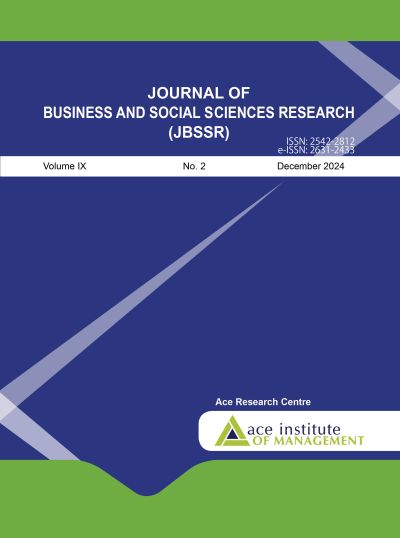Motivators and Hygiene Factors Affecting Academics in Nepalese Higher Education Institutions: Applying Herzberg’s Two-Factor Theory
DOI:
https://doi.org/10.3126/jbssr.v9i2.72406Keywords:
faculty, higher education institutions, hygiene factors, motivation, two factors theoryAbstract
This study examines the influence of Herzberg’s two-factor theory on faculty motivation in Nepal’s higher education institutions (HEIs). It administered a questionnaire using a 5-point Likert scale to 276 academics in the Kathmandu Valley from April to July 2024. It employed multiple regression analysis to identify the most significant predictors of motivation. The results show that opportunities for professional growth and recognition did not significantly influence faculty motivation. On the other hand, the study identified compensation and increased responsibility as potent positive motivators, highlighting the importance of extrinsic rewards in promoting academic engagement. Nevertheless, it also highlights the potential adverse consequences of misaligning recognition and growth opportunities with faculty expectations, which may result in decreased morale and frustration. In conclusion, the research emphasises the necessity of a balanced approach that considers both extrinsic factors (such as remuneration) and intrinsic elements (such as personal development) to sustain a motivated workforce in Nepal’s higher education institutions.
Downloads
Downloads
Published
How to Cite
Issue
Section
License
© JBSSR/AIM
Authors are required to transfer their Copyright to the Journal of Business and Social Sciences Research.




